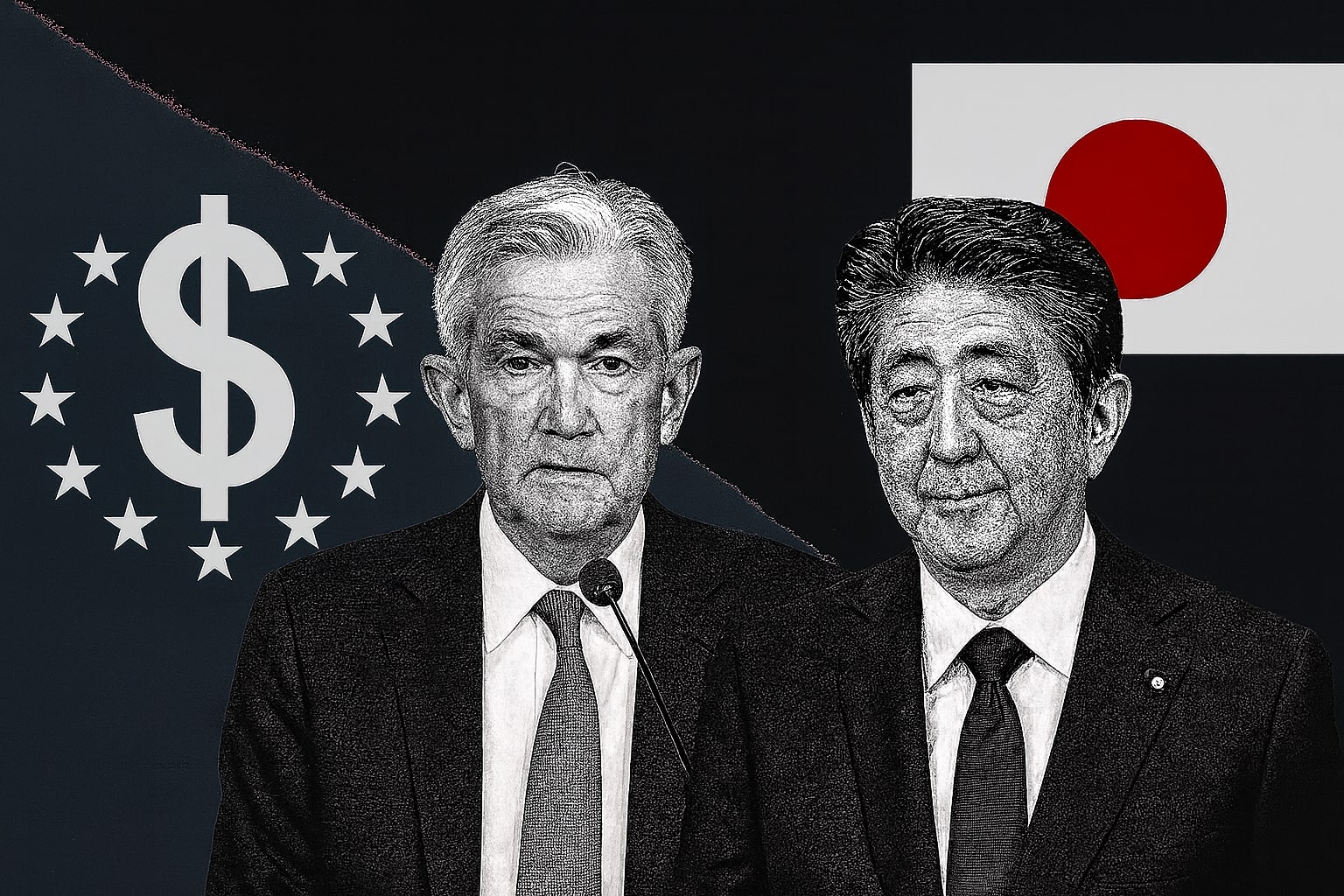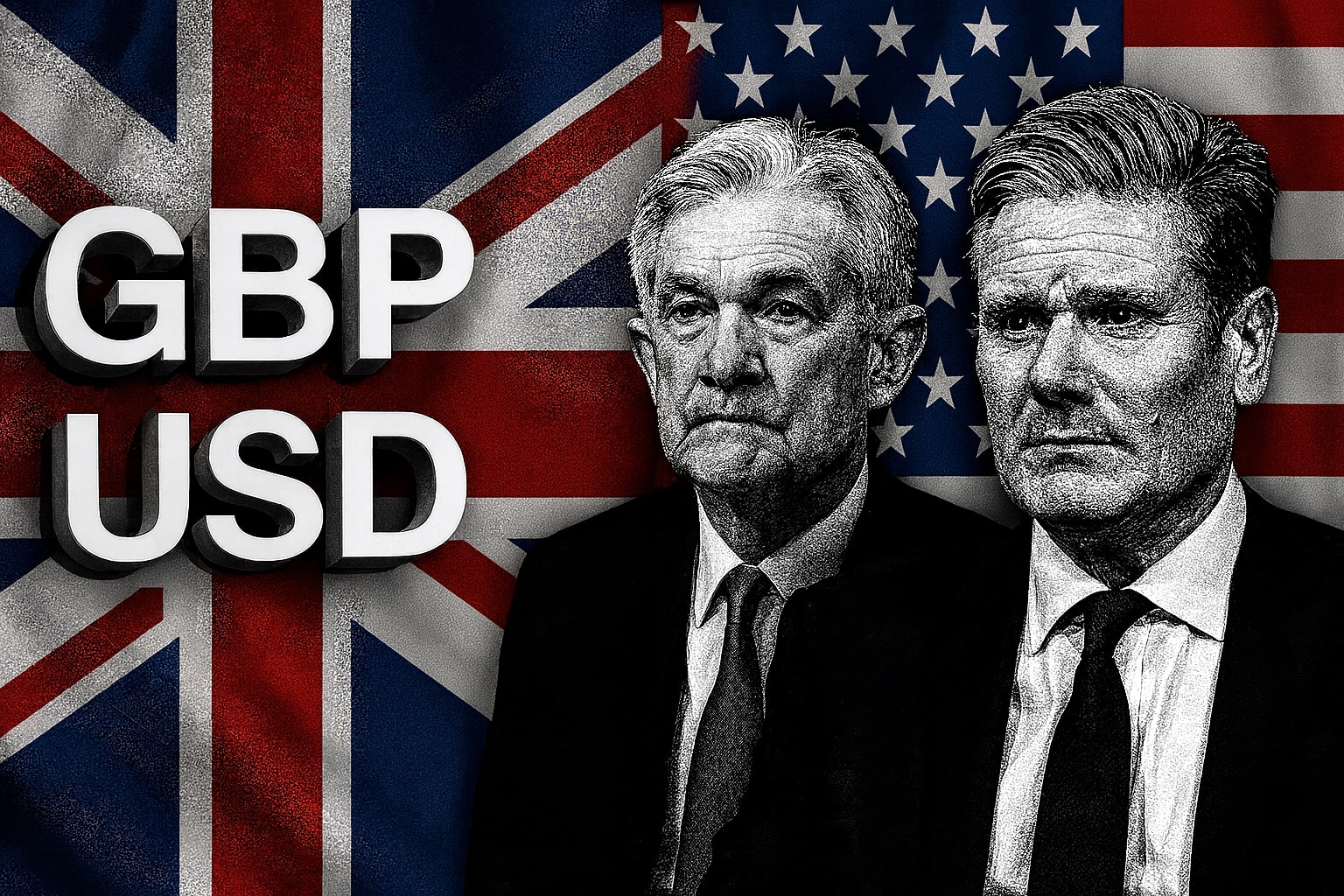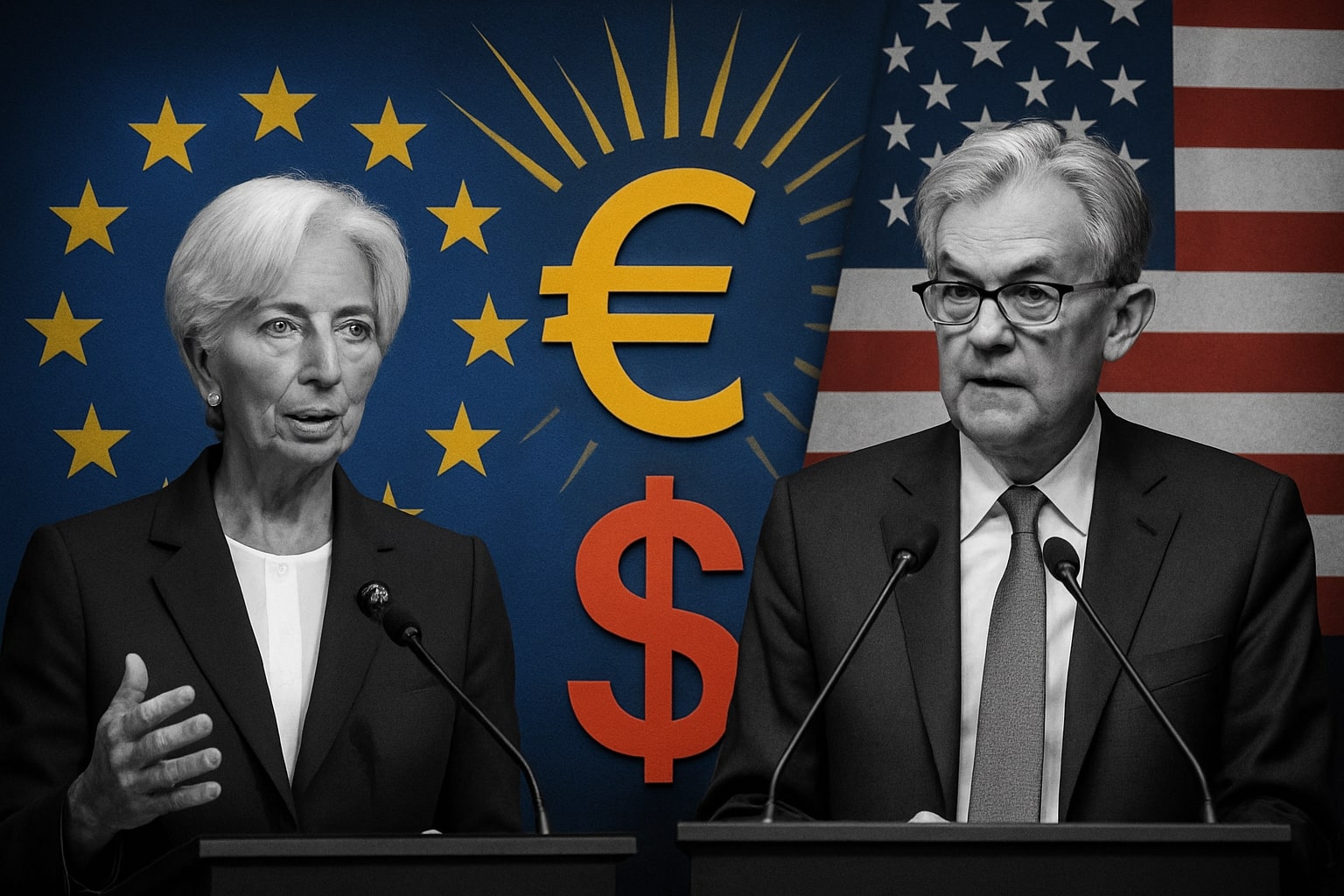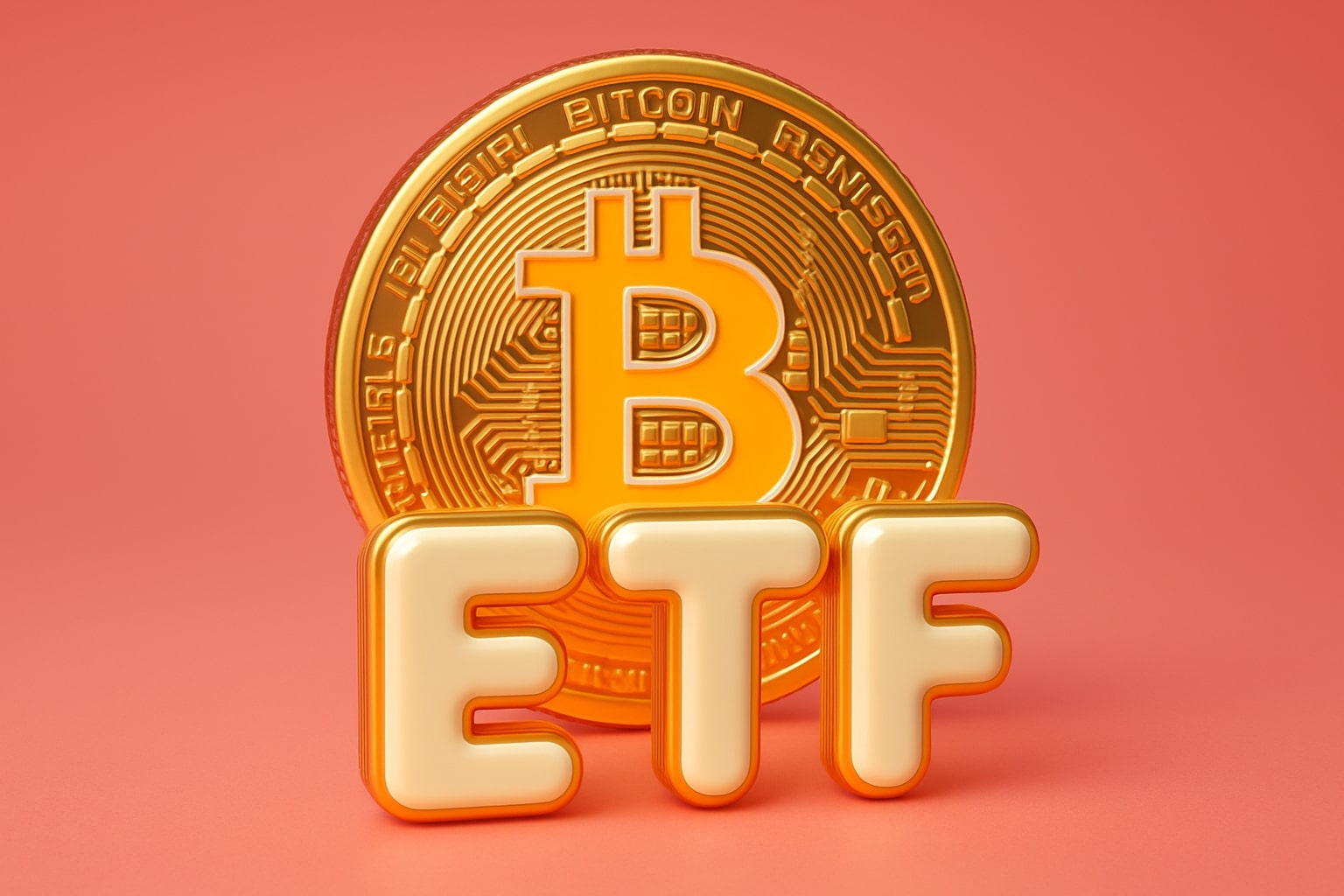
USD/JPY Price Forecast: (JPY=X) Fed-Yield Advantage Keeps Yen on Defensive
Dollar strength from 3.3% U.S. GDP and 2.9% PCE inflation meets BoJ hesitation, leaving USD/JPY range-bound between 146.20 and 148.76 | That's TradingNEWS
USD/JPY (JPY=X) Holds 146.99 as Dollar Strength Offsets BoJ Caution
The USD/JPY (JPY=X) pair closed the week at 146.99, extending a period of tight trading inside the 146.20–148.76 corridor. The market remains indecisive, yet technicals and macro conditions suggest an imminent breakout. A decisive push above 148.76 would reopen the path toward the July high at 150.90, while a sustained break under 146.20 would flip momentum lower, exposing 142.66 as the next support zone.
Federal Reserve Policy Keeps USD Momentum Intact
Dollar resilience continues to hinge on U.S. macro strength and the Federal Reserve’s tone. Second-quarter GDP expanded at an annualized 3.3%, far outpacing the 3.1% forecast and reversing the contraction seen earlier in the year. Jobless claims at 229,000 underscored labor market resilience, while the PCE Price Index rose 0.2% MoM in July, with the core figure advancing 0.3% MoM and 2.9% YoY. With inflation still running hot, the Fed held its policy rate steady at 4.25%–4.50%, but markets are pricing in an 85% chance of a September rate cut. The hesitation from Chair Powell to commit to easing supported the dollar, with Treasury yields hovering near 4.20%, keeping USD/JPY underpinned.
Bank of Japan’s Reluctance to Tighten Widens Policy Gap
The Bank of Japan left its policy rate anchored at 0.40%–0.50%, signaling that it is prepared to adjust higher if inflation stays persistent, but avoiding premature moves that could destabilize growth. This stance preserves a rate differential of over 400 basis points against the U.S., continuing to weigh on the yen. Intervention risk remains in play if USD/JPY retests the 150–151 zone, but so far, policymakers have opted for patience rather than direct currency action.
Technical Landscape for USD/JPY
The broader structure shows USD/JPY still digesting the correction from the 161.94 peak in 2024 to the 139.87 low in mid-2025. The retracement band between 151.22 (61.8% Fibonacci of the 158.86–139.87 leg) and 161.94 represents the long-term bullish hurdle. If USD/JPY clears these levels, the uptrend that began from 102.58 in 2021 would likely resume toward fresh highs. On the downside, the 38.2% retracement at 139.26 stands as a critical floor should sellers regain control below 146.20.
Macro Environment Pressuring Yen via Trade and Energy Costs
Japan’s trade balance remains under stress from elevated import costs, especially natural gas and LNG, which are denominated in U.S. dollars. European TTF benchmark futures remain above €31 per MWh, keeping energy prices elevated for importers. With USD/JPY above 146, Japan’s import bill expands further, complicating fiscal dynamics and applying more downside to the yen. Global risk appetite also favors dollar holdings, as equity markets in the U.S. continue to attract flows despite rising volatility.
Market Positioning and Risk of Intervention
Speculative data shows net shorts remain dominant against the yen, reflecting expectations that the BoJ will lag its peers for months to come. Corporate hedging activity has increased around the 145–147 range, with exporters using the recent dollar strength to lock in revenue protection. While authorities have intervened before at the 150 level, they appear content for now to tolerate yen weakness as long as moves are orderly. Any sudden spike above 150.90 could revive direct action, but until then, verbal warnings may remain the main tool.
Investment View on USD/JPY (JPY=X)
At 146.99, USD/JPY is sitting at a critical junction. Dollar strength from resilient U.S. data and delayed Fed easing continues to favor upside, while the BoJ’s reluctance to move reinforces structural weakness in the yen. Immediate support rests at 146.20, with failure to defend it risking a slide toward 142.66. Resistance is firm at 148.76, and a breakout above that level would almost certainly send the pair back toward 150.90. Given the data and rate gap, the stance leans Buy on dips above 146.20, with risk management around the downside pivot.
That's TradingNEWS
Read More
-
PPA ETF at $154: Can This Defense ETF Keep Beating ITA and SPY?
14.12.2025 · TradingNEWS ArchiveStocks
-
XRP ETFs XRPI and XRPR Pull In $975M While XRP-USD Fights To Hold $2
14.12.2025 · TradingNEWS ArchiveCrypto
-
Natural Gas Price Forecast: NG=F Hits $4.11 As Warm Winter Outlook Puts $3.913 Support At Risk
14.12.2025 · TradingNEWS ArchiveCommodities
-
USD/JPY Price Forecast - Dollar to Yen Can BoJ’s 0.75% Shock Break The 155–158 Range?
14.12.2025 · TradingNEWS ArchiveForex



















